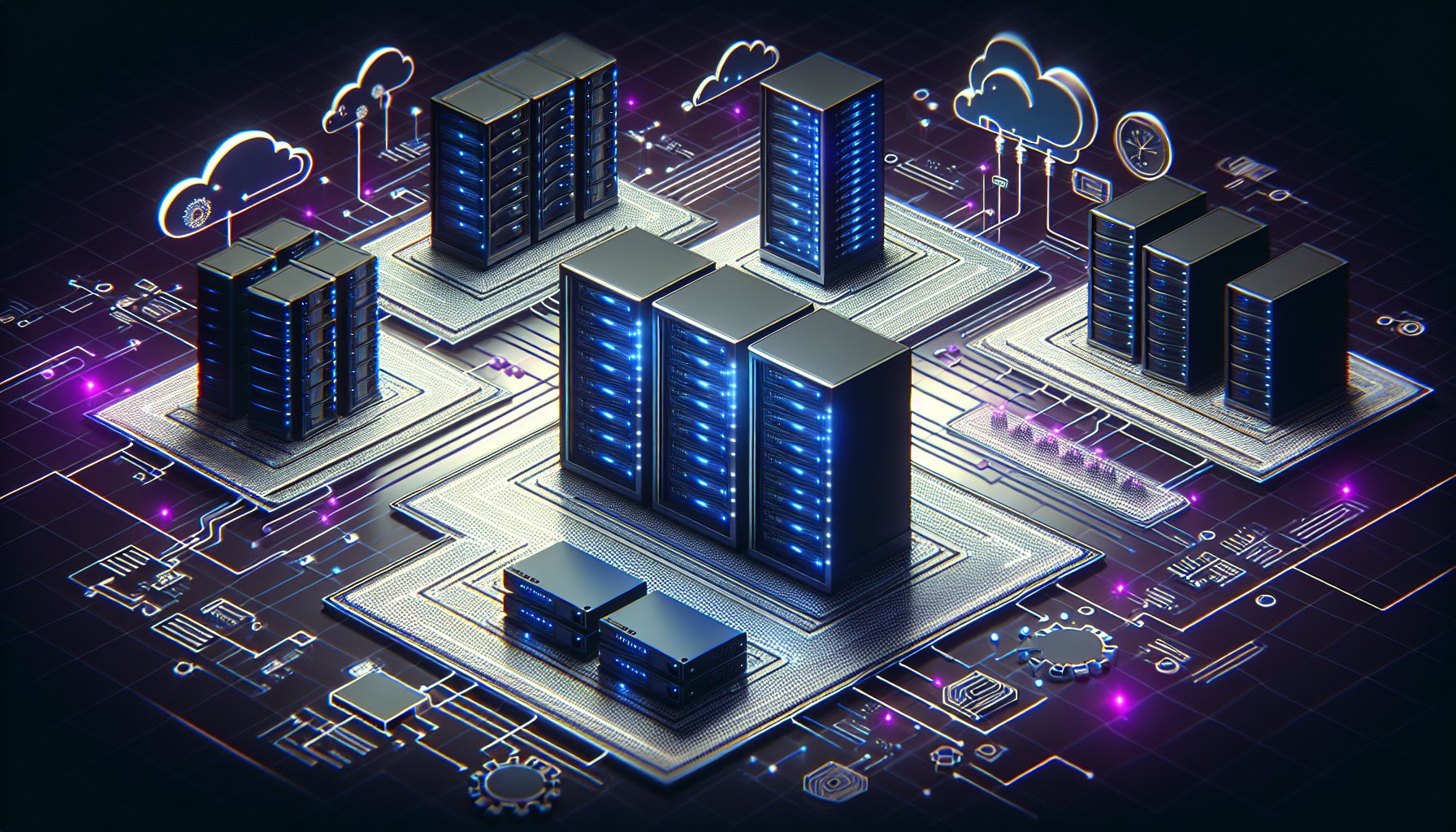Introduction
As we delve deeper into the digital age, the rapid evolution of technology presents both challenges and opportunities. One domain that has significantly redefined the IT landscape is DevOps. This blog post explores the most advanced DevOps practices that are changing the game in 2025 and beyond, providing businesses with the competitive edge they need in the dynamic digital era.
Continuous Integration and Continuous Deployment (CI/CD)
Continuous Integration and Continuous Deployment (CI/CD), a core practice in modern DevOps, has revolutionized software delivery. CI/CD pipelines are key to delivering high-quality software at speed, enabling real-time integration and deployment of changes.
Tools like Jenkins X and Spinnaker offer seamless automation for CI/CD pipelines. For instance, Jenkins X, with its built-in steps for building, testing, and deploying applications, facilitates swift code releases.
Microservices Architecture
Microservices architecture has emerged as a powerful strategy in DevOps, enhancing scalability and flexibility. It decomposes an application into small, loosely coupled services that can be developed, deployed, and scaled independently.
Container orchestration tools like Kubernetes and Docker Swarm facilitate the management of microservices, handling tasks like deployment, scaling, and networking of containers.
Infrastructure as Code (IaC)
Infrastructure as Code (IaC) is another game-changing DevOps practice. It involves managing and provisioning computing infrastructure through machine-readable definition files, rather than physical hardware configuration or interactive configuration tools.
Tools such as Terraform and Ansible support IaC, enabling developers to automate the setup, deployment, and scaling of infrastructure, thereby improving efficiency and minimizing errors.
Artificial Intelligence in DevOps (AIOps)
Artificial Intelligence (AI) is making significant strides in DevOps, with the emergence of AIOps. AIOps leverages machine learning and big data to automate and enhance IT operations.
AI-driven tools like Dynatrace and Loom Systems offer predictive analytics, anomaly detection, and root cause analysis, enabling proactive problem-solving and enhancing operational efficiency.
Conclusion
The future of DevOps looks promising with the advent of advanced practices like CI/CD, microservices, IaC, and AIOps. Staying up-to-date with these cutting-edge practices can enable businesses to navigate the digital landscape effectively, ensuring high-quality software delivery at speed, improved operational efficiency, and, ultimately, a superior customer experience.
KEY TAKEAWAYS:- CI/CD pipelines are key to delivering high-quality software at speed.
- Microservices architecture enhances scalability and flexibility in application development.
- IaC improves efficiency and minimizes errors in infrastructure management.
- AIOps leverages AI to enhance IT operations, enabling proactive problem-solving.
Embrace these modern DevOps practices to stay ahead of the curve and capitalize on the opportunities of the digital era.
